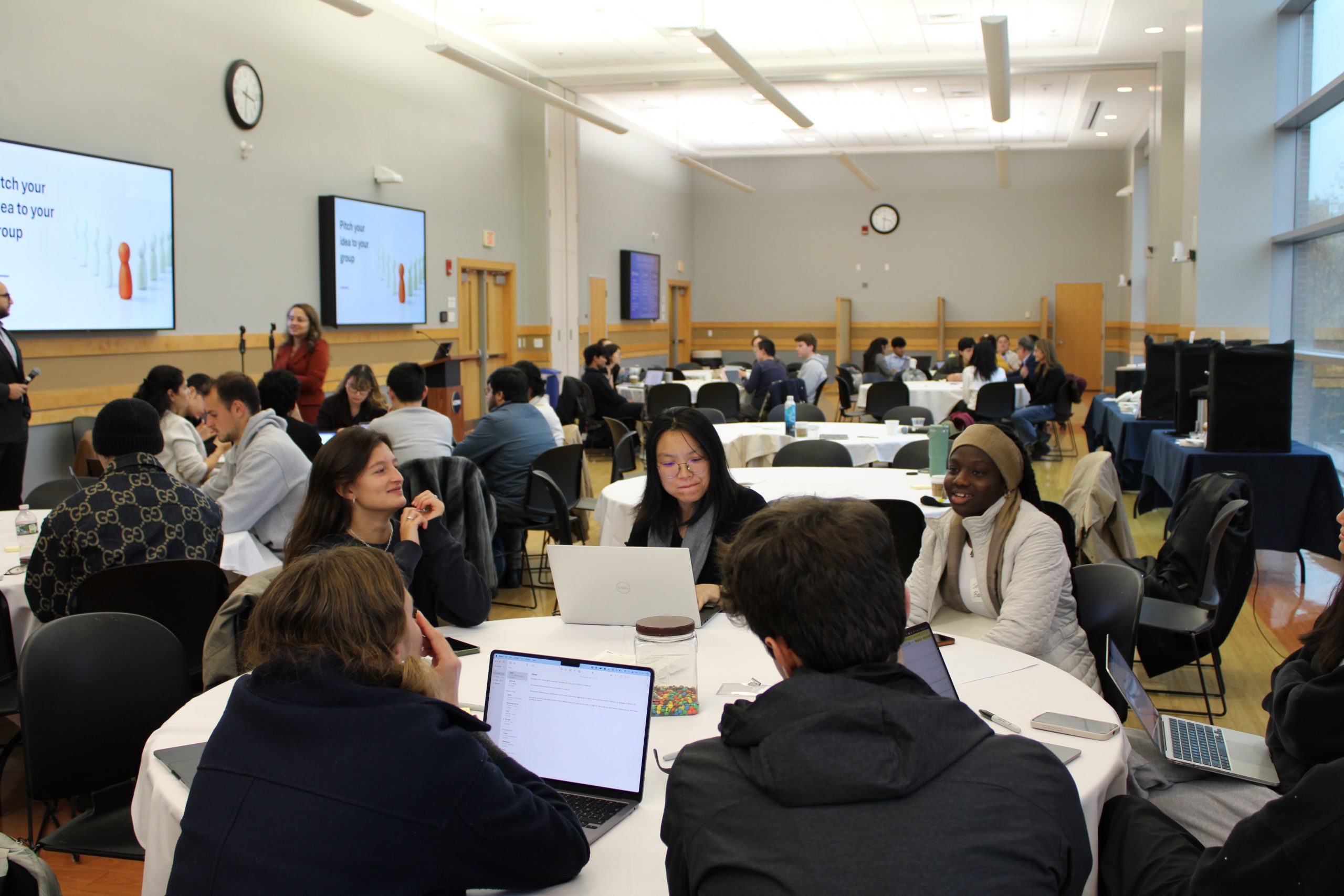Finance Professor Finds Inconsistency in California’s Earthquake Insurance Charges
Are some California homeowners subsidizing others for earthquake insurance due to policies that unfairly lump together insurance premiums for both high- and low-risk property owners?
The answer appears to be “yes,” based on new research by UConn finance professor Xiao “Joyce” Lin, a former California resident who is interested in earthquake insurance pricing and demand.
She compiled extensive information about homeowners’ risks and cross referenced it with what they are charged for earthquake insurance. Lin then compared consumer demands from those being over-charged with those being under-charged. Her results uncovered some interesting discrepancies.
“I confirm the speculation that the cross-subsidized public insurance plan does appear to attract homeowners living in relatively higher-risk areas, but what is surprising is that not many homeowners are actively choosing between the public and the private insurance plans based on whichever offers them the best price,” said Lin.
Her results, compiled in a paper titled, “The Interaction Between Risk Classification and Adverse Selection: Evidence from California’s Residential Earthquake Insurance Market,” is now under review for publication.
The Northridge Earthquake on Jan. 17, 1994 lasted between 10 and 20 seconds but killed 57 and injured more than 8,700. Property damage was estimated to be between $13 billion and $40 billion, making it one of the costliest natural disasters in U.S. history. Following that event, Californians had difficulty obtaining earthquake insurance as well as homeowners insurance, as insurers severely restricted their underwriting in both areas.
In response, the state created the California Earthquake Authority (CEA), a publicly managed organization that controls about 75 percent of the residential earthquake insurance market in that state. The largest non-CEA private earthquake insurance underwriter is GeoVera, and for comparison, Lin investigated both insurers.
For her work, Lin looked at all zip codes in California and used U.S. Geological Survey data to determine risk-scores based on a Peak Ground Acceleration (PGA) value, which is one of the most accurate predictor of damage to buildings and infrastructure in a particular area following an earthquake.
Lin found that the CEA was lumping together low- and high-risk areas, effectively reducing premiums for the greatest-risk homes and inflating them for lower-risk ones.
“The CEA territories are very crude,” Lin discovered. “They start out with rates based on expected costs in a particular zip-code, then lump together contiguous zip-codes in a sometimes arbitrary process. The highest-loss cost territories are then lumped together with lower-cost territories to bring the highest indicated rates down.”
Lin then obtained other insurers’ rate filings with the California Department of Insurance and discovered that insurers such as GeoVera used finer risk classification schemes than the CEA. Consequently, the private insurers seem to get a relatively larger share of the below-average risks and relatively smaller segment of the above-average risks, she said. In essence, they “cherry pick” the best policies, although the pattern is not uniform in all territories, she noted.
“This study has implications for many insurance markets with both public and private involvement,” Lin said, particularly other forms of catastrophic insurance and health insurance. It offers new and important public-policy implications for various types of government-involved insurance plans, particularly if the government is in charge of setting or regulating premiums.
“If the CEA plan is less competitively priced, why then has its plans not unraveled?” she wondered.
“The results of this paper suggest other important drivers of insurance demand beyond price and expected loss. Consumers are influenced by many other factors when making their purchase decisions. Specifically, the public status and dominant role played by the CEA, the multiple policy dimensions, the unique market structure and the nature of earthquake risk may all contribute to the current equilibrium,” Lin concluded.



